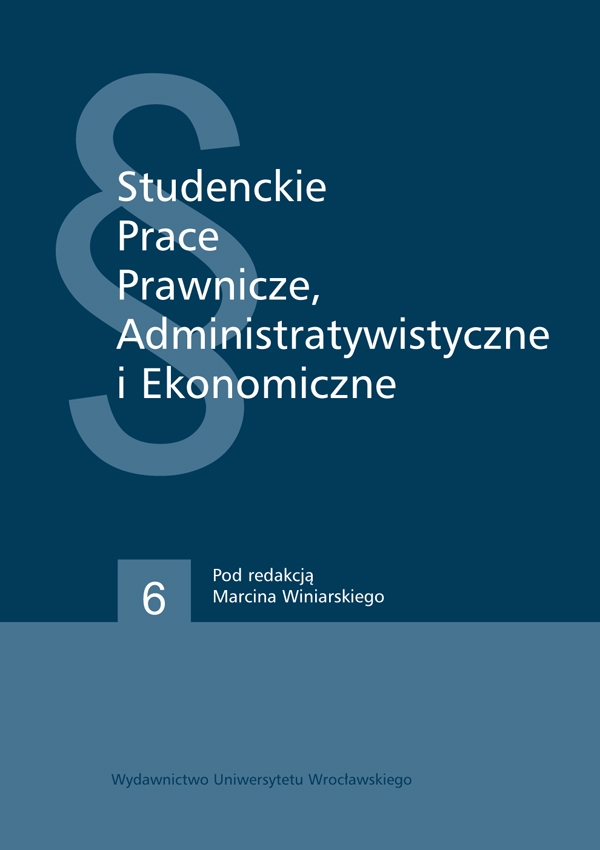

Artykuły

Monetary policy: realization problems and its erosion
In the process of globalization and strong integration, the development of world’s financial market has been influencing increasingly the Polish financial market. As a result, on our market there have appeared new institutions as well as new financial instruments, tools and products. The more of them exist, the more difficult it is to control money, which constitutes the basis of running monetary policy. The aim of money policy is to regulate its internal value, that is, its domestic purchasing and spending power. This is subordinate to using money supply as an instrument to realize the purposes of economic policy. The current aim of Polish monetary policy, which has been defined in legislation acts, is to maintain the level of inflation stable – ranging 2.5% with one percent fluctuation bracket. To achieve this aim, the monetary authorities used the strategies of a fixed rate at first, however, this turned out to be only a temporary and transitory strategy, not being autonomous. As long as the strategy of controlling the monetary aggregate is concerned, it is becoming less and less useful due to the discrepancy in the aggregate values which can be controlled by the National Bank of Poland. What is also problematic is the direct inflation aim strategy in Polish: BCI strategy, which does not enable to foresee completely the inflation projection by means of impulse-response function – IRF function. Monetary Policy Council did not manage to realize this aim as the main one, which was its duty imposed by the legislator. The MPC’s priority is to stimulate the economic growth, which is their basic task according to the National Bank of Poland.